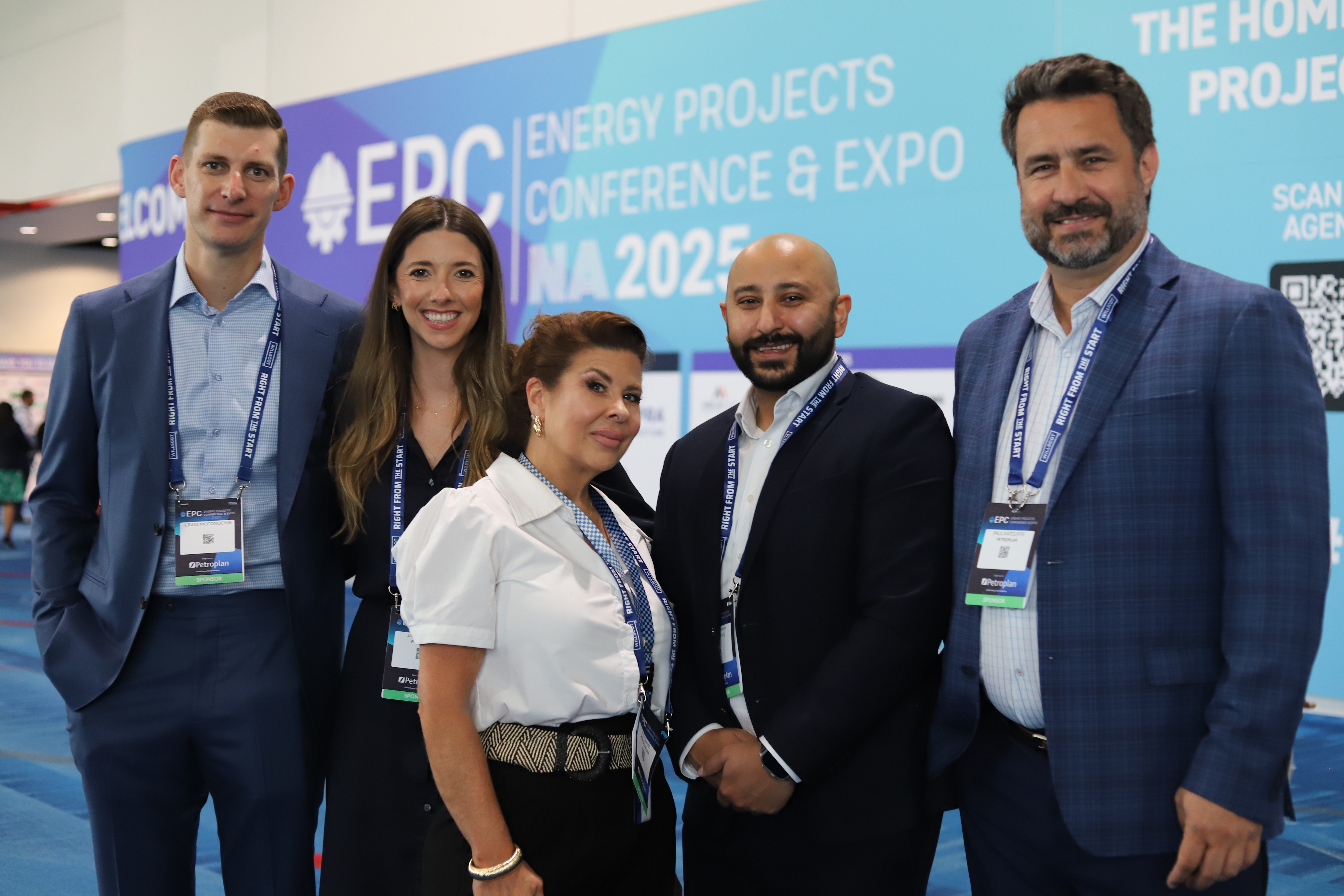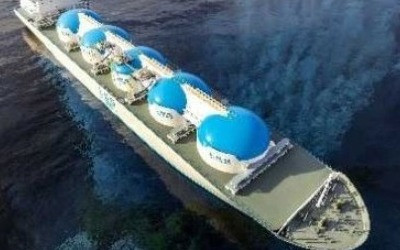July 15, 2020

Diversity and inclusion have been on the business agenda for a number of years, yet the energy industry, to date, does not have a strong track record in the area of encouraging and nurturing diverse talent. This is true of cultural, racial and disability diversity, and in particularly gender diversity. There are fewer women in oil and gas jobs than almost any other major industry, accounting for less than one quarter of employees in the sector worldwide – and these figures grow smaller the higher up the business ladder you go.
With the oil, gas and energy sector currently undergoing a period of change and disruption, now seems an opportune moment to examine the industry’s bias and take steps to encourage a more gender diverse workforce.
A state of affairs: Gender diversity in oil and gas
While women make up 22% of employees in the oil and gas industry worldwide, according to Catalyst, this gender diversity increases with seniority. Entry-level positions are comprised of 27% women, 17% are at senior and executive-level positions and just 1% of oil and gas CEOs are women.
The lack of women in technical and field roles is partly to blame for the lack of female representation at the top levels of oil and gas, as these roles are often stepping stones to advancement. Women are more likely to hold positions in support functions such as human resources, information technology and legal, with less representation across manufacturing, engineering and research.
While the lack of women is an industry-wide problem, there are companies taking active steps to improve. Canada’s PrairieSky Royalty Ltd has a management team that is 75% female, including 50% of senior management, while Pink Petro is a community and resource aimed at disrupting the energy industry’ gender gap.
In recent years we’ve seen Vicki Hollup appointed as the first female CEO of a ‘big oil’ firm and Oil and Gas UK launching an oil and gas diversity network. Other forms of diversity are being addressed in Energy UK’s Pride in Energy network, which is a diversity forum for LGBT+ members of the energy industry. However, the latest statistics within the industry – and particularly at the highest level – suggest more clearly needs to be done to encourage diversity within oil and gas.
Why gender diversity matters
Diversity has many business benefits, beyond simply contributing to a fair and equal workplace and society. It’s long been reported that organisations with diverse workforces perform better financially, and a report from the Peterson Institute for International Economics echoes this sentiment, showing that women leaders can add 6% to a business’s bottom line.
McKinsey research shows that companies in the top quartile for executive team gender diversity are 21% more likely to experience above-average profitability than those in the fourth quartile, with a 33% likelihood when executive teams are in the top quartile for ethnic and cultural diversity.
Within oil and gas, 94% of EY’s survey respondents believe that diversity of thought and experience are key to navigating the industry’s high levels of disruption, with the vast majority saying that diversity contributes to both financial and nonfinancial business performance. Yet the oil and gas industry has long struggled to attract, retain and promote women.
Industry job cuts and retirements that have plagued the industry over the past years – not to mention the unprecedented industry shutdown through coronavirus – means the market will likely see a shortage of petrotechnical professionals when oil production is reprioritised and exploration and production investments rebound. This talent gap presents a clear opportunity to attract more diverse teams, ushering in new skillsets to accommodate digital change and provide more innovative, creative thinking.
Encouraging gender diversity within oil and gas
It's clear the oil, gas and energy sector still has some way to go before truly being diverse, particularly when it comes to attracting and promoting women. However, there are clear steps companies can take to play their part in creating a more inclusive future.
Oil and gas companies can work to demonstrate the career opportunities and development potential available to women. If such progression is difficult to identify and express, this presents another challenge: examining why women are not advancing within organisations and putting procedures in place to help improve these outcomes.
Many oil and gas organisations have implemented diversity goals on their recruitment teams, as well as creating internal communities of support. The likes of BP, Shell, Spirit Energy, Expro and Worley have signed the AXIS Pledge, which asks companies working in Aberdeen’s energy sector to understand the underlying reasons behind their gender gap and take positive actions to close it.
Companies can also take a proactive approach to future-proof their talent pipeline by investing in science, technology, engineering and mathematics programmes for young people, and particularly for girls. Apprenticeships, mentoring and training programmes can be created to encourage more women to enter and progress oil and gas careers, while managers must provide high-performing women with the experiences required to develop their careers.
Above all, a complete culture shift is required to address the lack of diversity within oil, gas and energy and encourage more women to build their careers in this sector.
Stay up to date with Petroplan
The oil and gas sector faces considerable challenges in the near future, including an ageing workforce, demand for technological skills and uncertainty about the post-Covid-19 landscape. By not encouraging more women into the sector, companies risk missing out on the innovation, insight and profit that diverse teams can generate, and may fail to capitalise on opportunities for growth in the future.
At Petroplan, we understand how important gender diversity is to achieve not only a more balanced workforce, but also better business results. We’re led by a predominantly female Board of Directors, with a female CEO, providing strong leadership and a client-led management structure. This allows us to ensure clients receive unrivalled service levels and quality candidates to meet their specific needs.
We have a strong focus on industry news and developments. With deep experience in our sectors and strong relationships with candidates and clients alike, we make it our business to know what’s going on in oil and gas. Whether it’s diversity, future planning or crisis coordination, we are always happy to talk about the industry issues affecting you. Contact us to start a conversation.






You can also use your social account to sign in. First you need to:
To connect your social account you must Acknowledge the Terms & Conditions and Privacy Policy